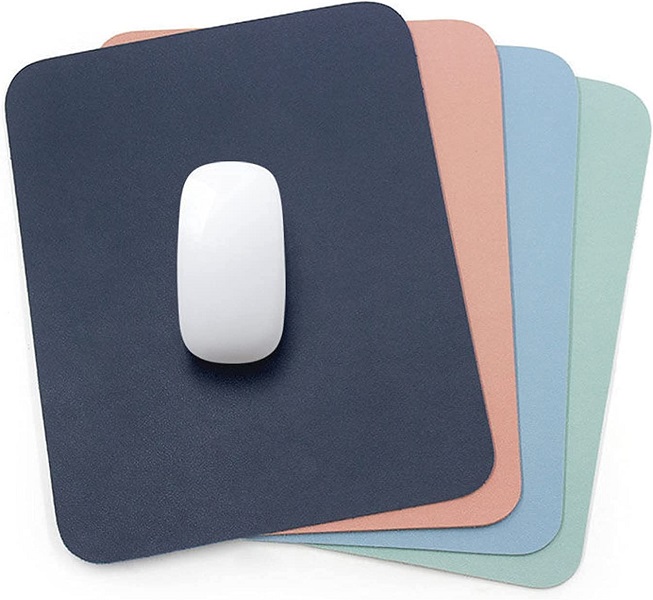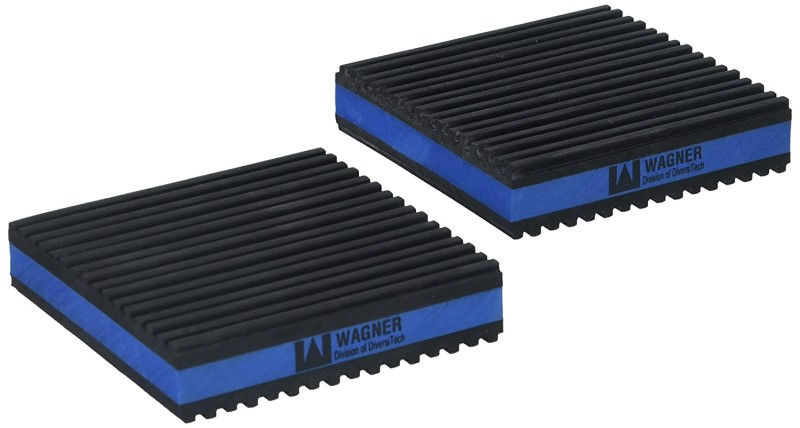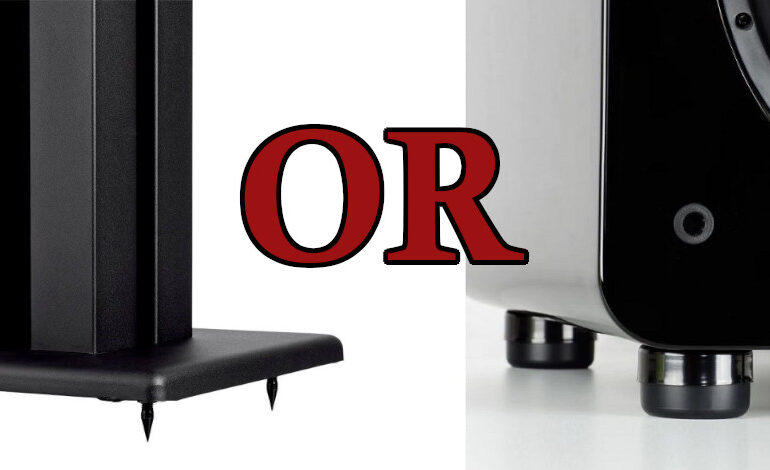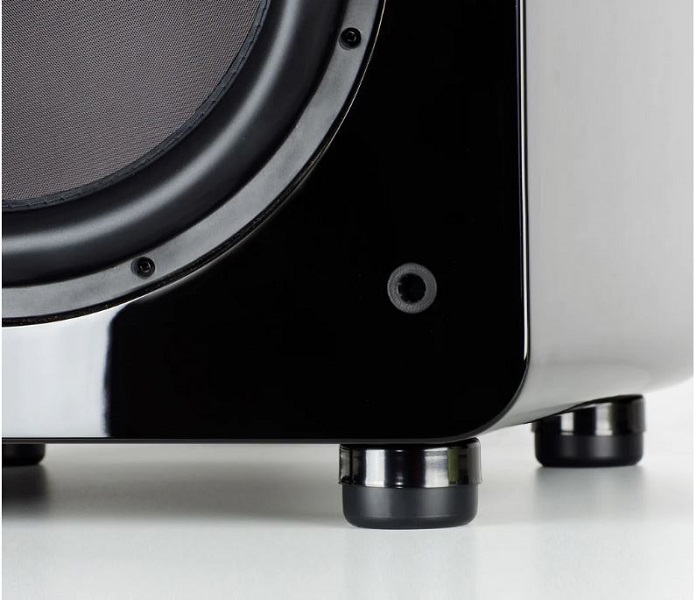How To Best Decouple Your Speakers
One of the common questions we get is how to best decouple your speakers. Many people confuse decoupling with coupling and have set up their speakers incorrectly. I have done it, so don’t feel bad. But don’t worry. If you want to eliminate unwanted resonances in your home theater space, keep reading, and we will teach you what decoupling is and how to decouple your speakers properly. Let’s discuss.
What Is Decoupling
If you read forums, you will see the term decouple a lot. You will also see it misused a lot and confused with coupling. Decoupling separates your speaker from a surface that can resonate and cause unwanted vibrations or rattles. Ever had a subwoofer rattle something nearby? That rattle is because the subwoofer is making contact directly with the floor. That contact makes the floor resonate and transfers that into something close, causing it to rattle as well.
Decoupling mechanically separates the speaker from the surface with a material that can absorb and dissipate that resonance before it passes to the floor or nearby structures. The material is generally squishy or springy, allowing for absorption. But it’s also firm enough to keep the speaker stable and level.
Coupling is the exact opposite. It connects your speaker directly to the floor. Have you ever seen those fancy speaker spikes? Yep, they couple your speakers directly to the surface below them. I laugh whenever I see an audiophile perch their turntable on a surface with spikes, thinking they reduce vibrations.
Do You Need To Decouple Your Speakers?
Well, that depends! Do you have any resonance or unwanted rattling from nearby doorknobs, walls, or windows? If so, decouple your speaker to avoid transferring bass into the surrounding walls.
But here is the thing – tower speakers have rarely been the rattle culprit in all my years of owning speakers. Rarer yet are bookshelf speakers. While the manufacturer claims your tower speakers will hit subwoofer-like lows, it’s usually the subwoofer causing the rattles.
But if you want to follow some of our low to no-cost options, go ahead.
Best Methods For Decoupling
There are lots of ways to decouple your speakers. Some can be cheap or at no cost. And others can be costly, but audiophile approved. Both do the same thing, but one will leave more money in your pocket.
Decoupling Method One – Carpet Pad
Good news. If you have carpet, you have wall-to-wall decoupling. It isn’t the carpet per se, but the pad that is installed underneath. A carpet pad is a perfect example of a squishy material that can absorb vibrations. The thickness of the carpet pad will quickly absorb and eliminate a lot of unwanted resonances. Putting your floor standers or speaker stands directly on the carpet is usually enough.

It is important that you do not use carpet spikes. The spikes will do the opposite and couple your speakers directly to the wooden subfloor. The carpet is plenty firm, and you don’t have to worry about your speakers tipping over.

Decoupling Method Two – Mousepads
Mousepads are perfect for isolating your bookshelf or satellite speakers from your stands and decoupling them. Mousepads are squishy but, when stacked together, are firm enough to hold the speaker. And they are relatively cheap. I can get a mousepad at my local Dollar Store. It doesn’t need to be crazy expensive or have a gamer logo!

Decoupling Method Three – Appliance Anti-Vibration Pads
This method has long been a go-to for subwoofer decoupling. Appliance anti-vibration pads will absorb the force of a spinning washing machine and dampen the vibration into the floor. Well, guess what? They work for speakers.

Plus, you have a couple of options here. First, for floorstanding speakers, you can place them under the corners of your speakers and call it a day. For speakers on stands, you could put them under the bookshelf speaker and dampen the speaker from the stand. Or, depending on the design of your stand, you can place them under the base. Plus, if you combine them with the Patent Pending AV Gadgets Isolation Platform (aka mousepads), you get double the vibration damping.
Decoupling Method Four – Fancy Options
DIY may not be an option for you. You may not like the looks of our DIY suggestions or want a more premium fit and finish. And that’s fine. Buying a product for aesthetics is a valid reason. So, for those folks, many fancy options for dampening vibration exist.
One of the easiest (and lower-cost options) is the SVS Soundpath Subwoofer Isolation pads. Yes, I know that they are for subwoofers. But I contacted SVS and confirmed that the Isolation Pads work with floor-standing and stand-mount speakers. The pads come with multiple screw sizes, so you find the right size and attach them to the speaker or speaker stand. Or you can use quality two-sided tape to affix them to the speaker or stand.
There are other fancy available anti-vibration products out there. But they are “audiophile” approved, meaning they are ridiculously priced. So I won’t recommend them because of their price-to-performance ratio.
Our Take
Decoupling your speaker can be something other than an exercise in opening your wallet. Instead, there are lots of no-cost and low-cost options out there. But before you decide to decouple your tower or stand-mount speakers, ensure you have eliminated the subwoofer from the equation and that the rattle is coming from your speakers.
If you have determined the rattle is coming from your speakers, you now know the best methods to decouple your speakers!




Neoprene camping mats are another cheap option that is more substantial than mousepads… thicker, stands up to any weight speaker, and can be cut to an exact shape and size to cover the whole bottom of the speaker
That’s a great tip! I am adding that to my arsenal!